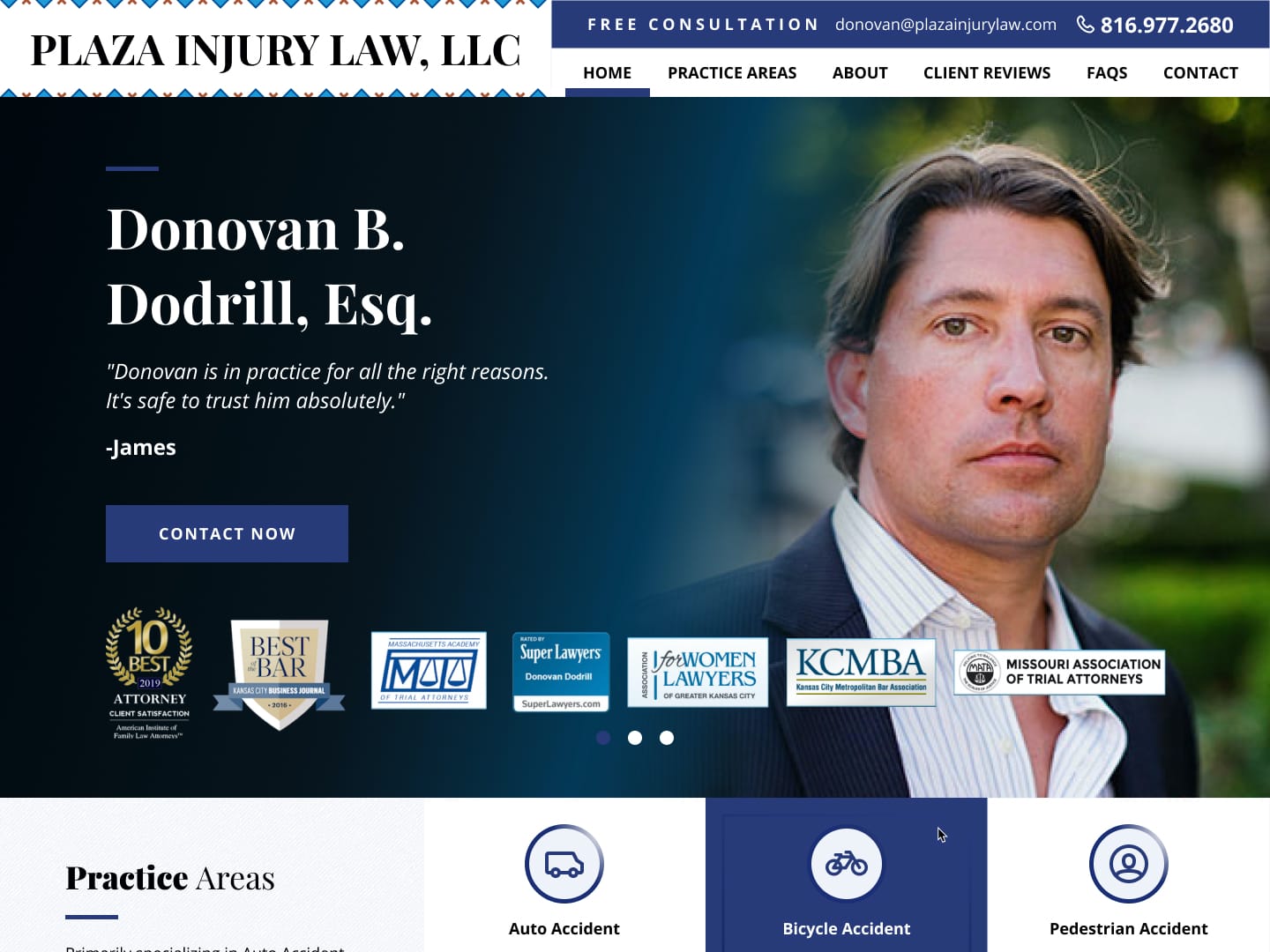raqueldendy811
About raqueldendy811
Law court mistakes in the UK are a serious issue that shakes trust in the justice system.
 In civil law, there have also been numerous claims stemming from court building accidents. Personal injury solicitors frequently handle cases where clients have suffered due to negligence within public buildings—including courts. Claims typically cover medical expenses, lost earnings, and general damages for pain and suffering. Defendants in these cases are usually government departments or local authorities responsible for court maintenance.
In civil law, there have also been numerous claims stemming from court building accidents. Personal injury solicitors frequently handle cases where clients have suffered due to negligence within public buildings—including courts. Claims typically cover medical expenses, lost earnings, and general damages for pain and suffering. Defendants in these cases are usually government departments or local authorities responsible for court maintenance.
Appeals are a key part of addressing mistakes, but the process is often slow. Many people lack the resources to appeal, and legal aid cuts in recent years have made it harder for wrongly convicted individuals to get the help they need. The Criminal Cases Review Commission (CCRC) was established to help investigate potential miscarriages of justice, but critics argue that it is underfunded and too cautious in referring cases back to the courts.
 Digital transformations in the justice system have brought improvements but also new risks. Errors in digital evidence, lost documentation, or cyber mishaps can have serious consequences. For example, data mix-ups or incorrect record entries can affect sentencing or bail conditions.
Digital transformations in the justice system have brought improvements but also new risks. Errors in digital evidence, lost documentation, or cyber mishaps can have serious consequences. For example, data mix-ups or incorrect record entries can affect sentencing or bail conditions.
The Welsh Government has taken steps to influence justice policy even without full control over the system. For instance, it funds services that support victims of crime, family mediation, and youth offending teams. While it cannot currently legislate on criminal law or court structures, it plays a growing role in shaping how justice is experienced on the ground.
British courts operate within a hierarchical structure, meaning decisions from superior courts are binding on lower courts. This principle is known as stare decisis, which ensures consistency and predictability in the law. A court must follow precedent unless it can distinguish the current case from previous rulings or if a higher court has overruled an earlier decision.
Access to justice in England has seen significant changes. While legal aid is available for individuals who cannot afford legal representation, reforms over the past decade have reduced the scope of coverage, especially in civil cases. If you have any concerns about where by and how to use law firm marketing Colorado, you can make contact with us at our site. Critics argue that this limits access to justice for vulnerable individuals and undermines fairness.
Accessibility is another key area. Under the Equality Act 2010, all public buildings, including courts, are required to be accessible to individuals with disabilities. This includes safe entry points, ramps, elevators, and accessible toilet facilities. Failure to meet these requirements can not only cause accidents but also constitute a breach of equality laws.
Forensic science errors have also led to wrongful convictions. In some instances, courts have relied on expert testimony that was later discredited. The case of Sally Clark, a mother wrongly convicted of killing her two children based on flawed medical evidence, is a tragic example. The expert witness’s statistical miscalculations were later condemned, but only after Clark had served years in prison and suffered tremendous personal trauma.
Technology is another area that has significantly influenced the design of modern law courts in the UK. With the increasing reliance on digital tools in the courtroom, many new court buildings are equipped with state-of-the-art technology, including courtroom audio systems. These advancements allow for remote hearings, making it easier for individuals who are unable to attend court in person to participate in proceedings. The use of technology also streamlines the process of presenting evidence, allowing for faster and more efficient trials.
Maintaining trust in the legal system are cornerstones of the English judiciary. Judges are appointed based on merit by the independent Judicial Appointments Commission. They are expected to be impartial and are protected from political interference to ensure the integrity of legal proceedings.
Another high-profile case is that of the Guildford Four, similarly accused and convicted based on flawed evidence and coerced confessions. These individuals were later proven innocent, and their cases helped fuel calls for reform in the justice system.
The Health and Safety at Work etc. Act 1974 applies to court buildings just like any other workplace. This legislation requires employers and property managers to ensure the safety of staff and visitors. This duty of care extends to risk assessments, proper maintenance of facilities, and prompt response to hazards. If the responsible party is found negligent, they may be liable for compensation.
The rise of digital technology in courtrooms has led to the creation of ”virtual courts,” where proceedings can take place entirely online. This trend has been accelerated by the COVID-19 pandemic, which forced many courts to adopt virtual hearings as a means of continuing legal proceedings while maintaining social distancing. As a result, some court buildings are now designed with the infrastructure to support both in-person and virtual hearings, with dedicated spaces for video conferencing and other digital technologies.
No listing found.